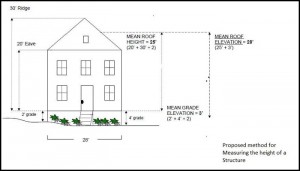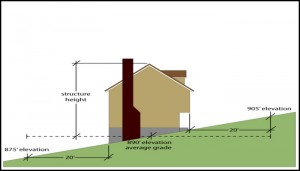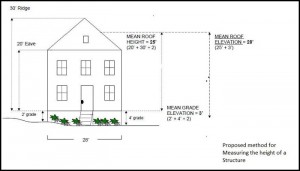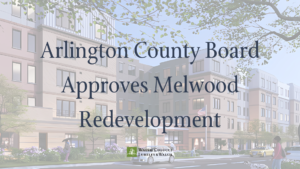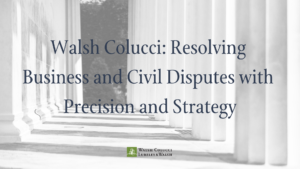On April 19, the Stafford County Board of Supervisors unanimously approved a zoning text amendment that redefined how Stafford County measures building height. Prior to this amendment, the method the Virginia Uniform Statewide Building Code (VUSBC) used to measure building height differed from the County’s Zoning Ordinance.
The conflict between the two Codes stemmed from a discrepancy in which elevation points around the structure to utilize when measuring the difference between the ground level and the roof elevation. The discrepancy led to situations where, for example, builders of houses on sloped lots with walk-out basements would have had to lower the height of the houses to comply with the Zoning Ordinance.
The image above demonstrates the old method for determining building height, which used the average of the grade at 20 feet from the structure.
The adopted Zoning Ordinance now reads:
(2) Height of structure. The vertical dimension of a structure as measured from the average elevation of the finished grade at the front line of the building to the highest point of the roof of a flat roof, the deck line of a mansard roof, or the mean height level between eaves and ridge (mid-line of the roof) for a gable, hip or gambrel roof. The height limitations contained in Table 3.1 shall not apply to spires, belfries, cupolas, antennas, communication towers, silos, barns, water towers, ventilators, chimneys, monuments, flag poles or other appurtenances usually required to be placed above the roof level and not intended for human occupancy.
The image below illustrates the new method for measuring height (from the front of the building only.)
The approved Zoning Ordinance is more consistent with the VUSBC and the means of measuring building height employed in other jurisdictions. This should allow homebuilders and other developers to proceed with designs that are consistent with their models in other jurisdictions. To read the adopted ordinance, click here.

